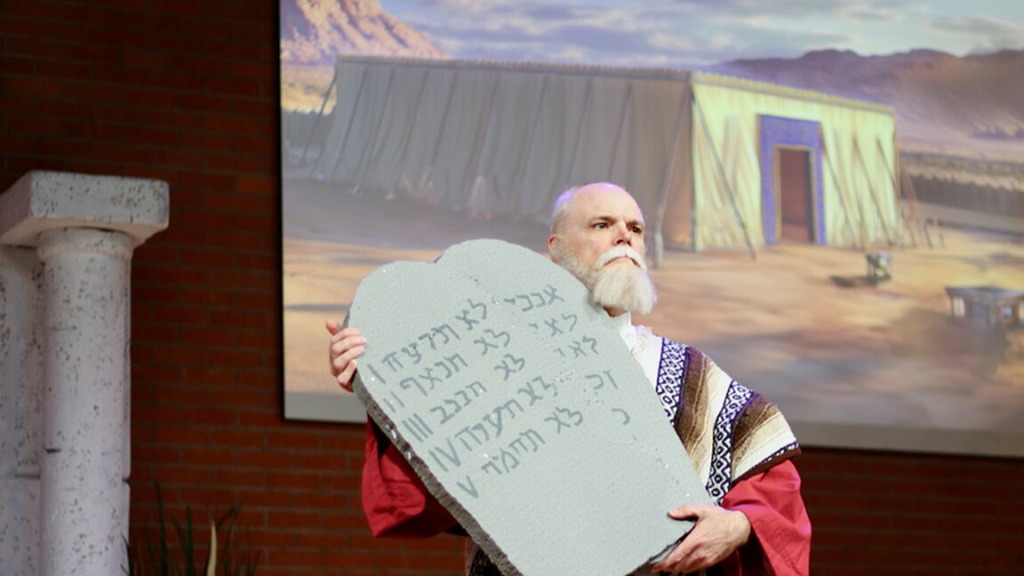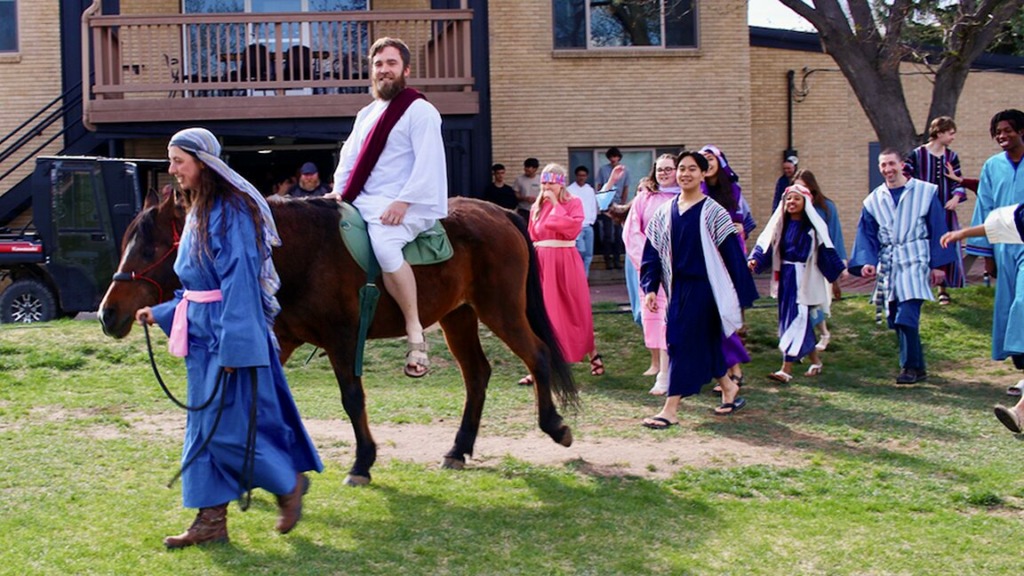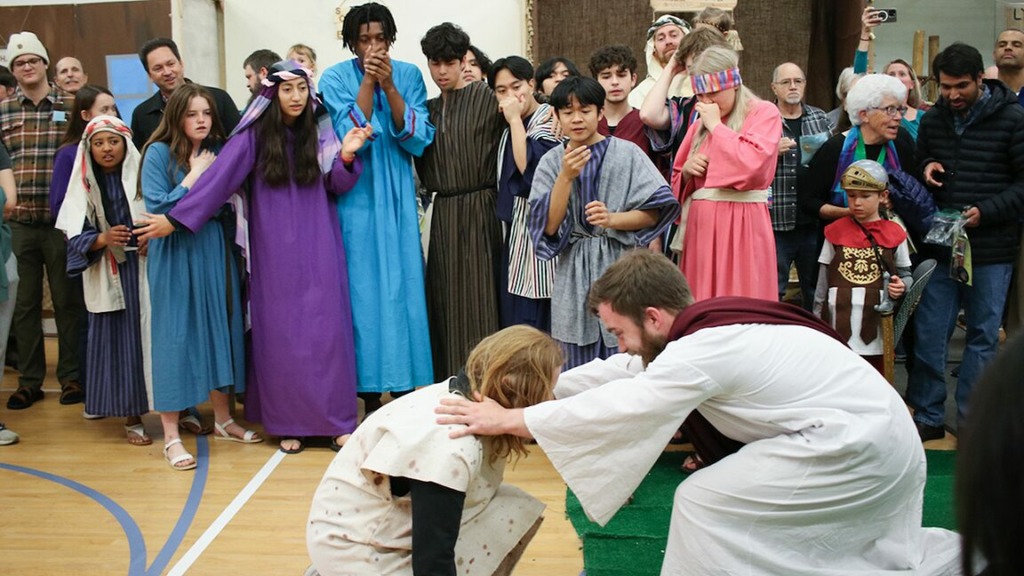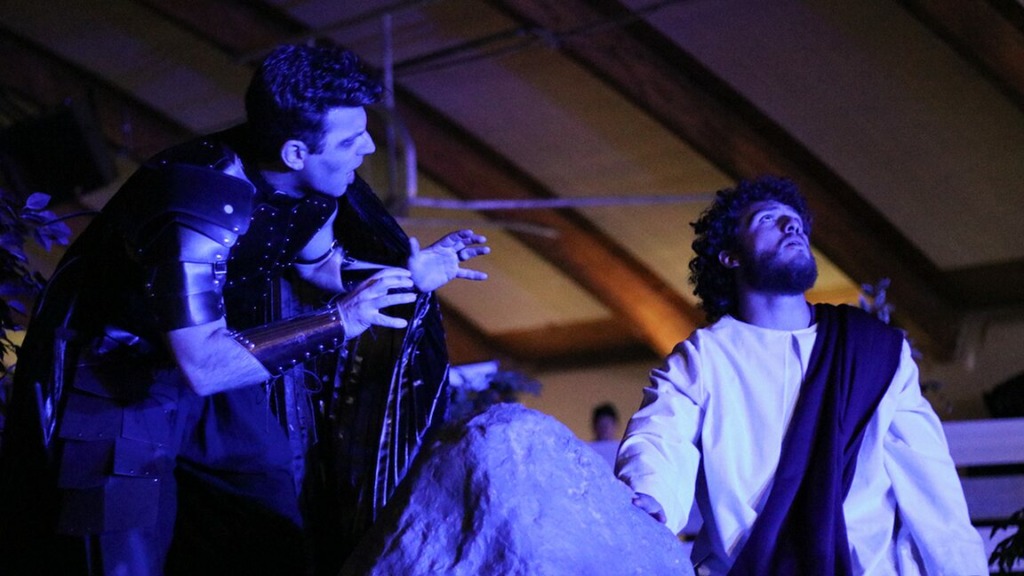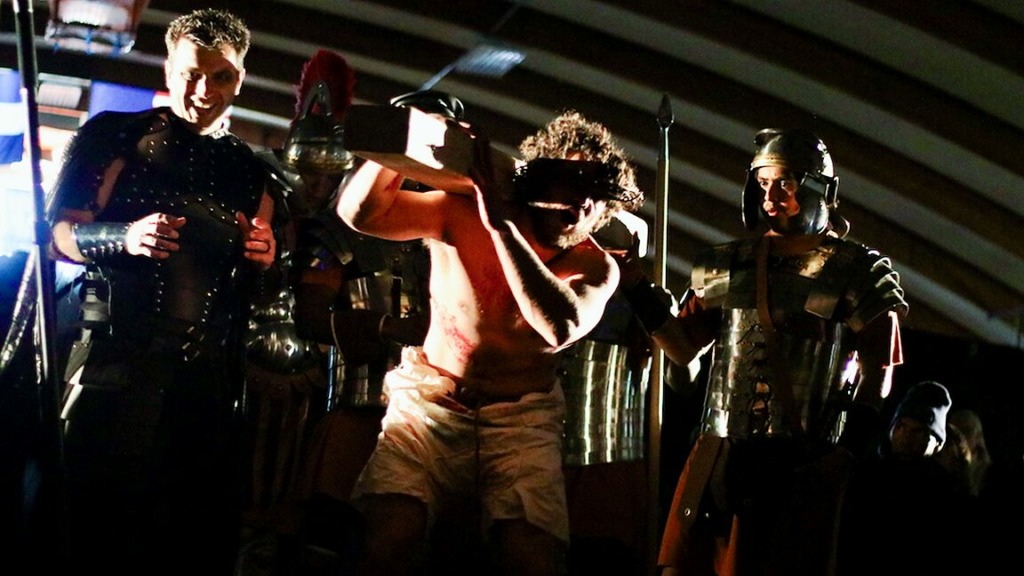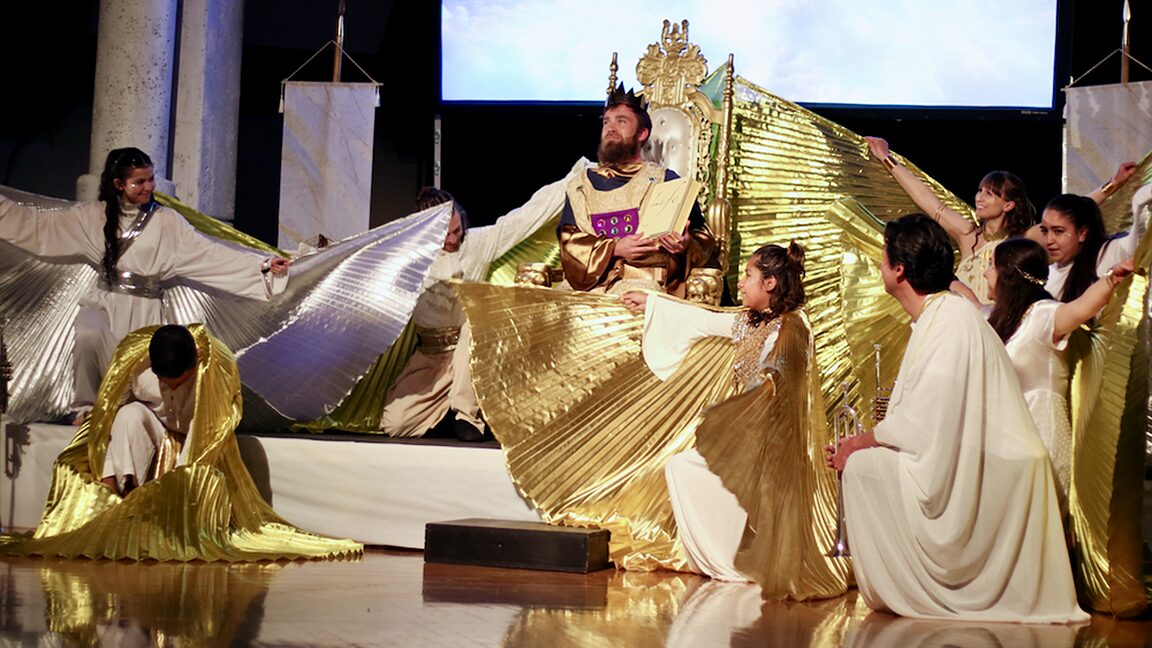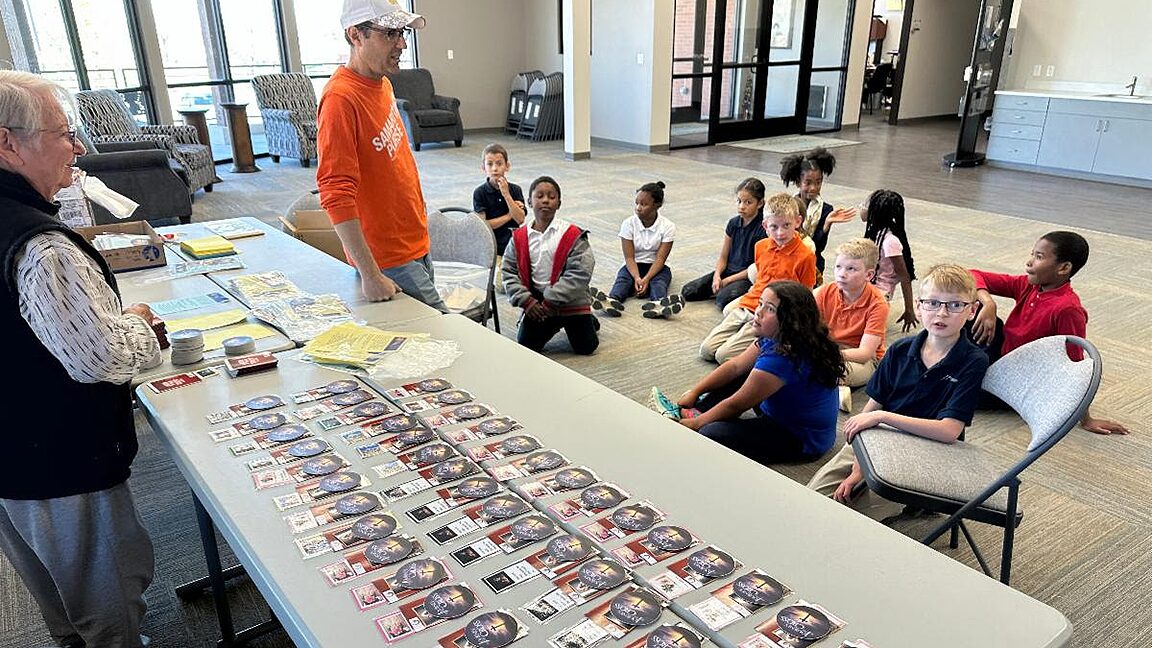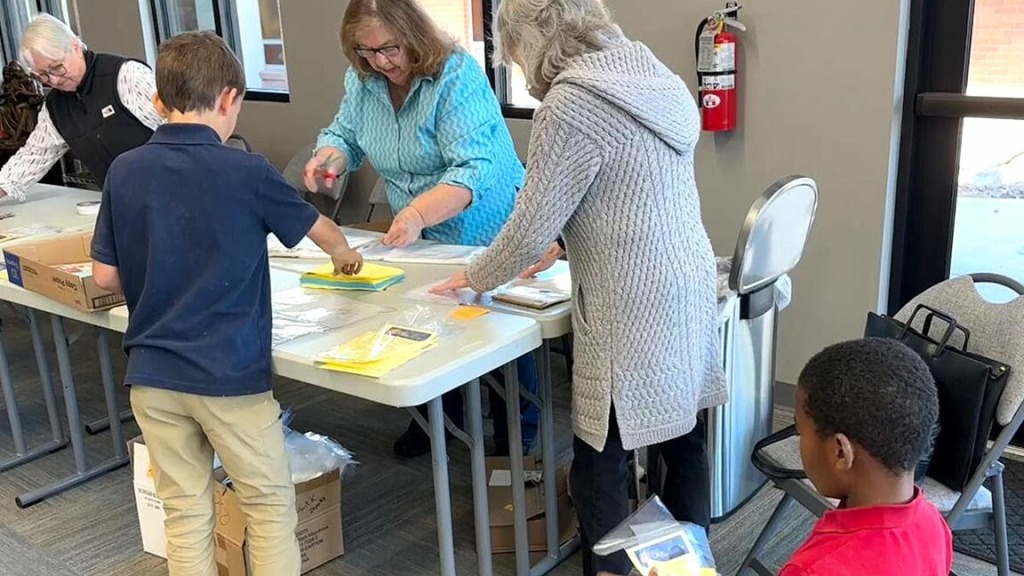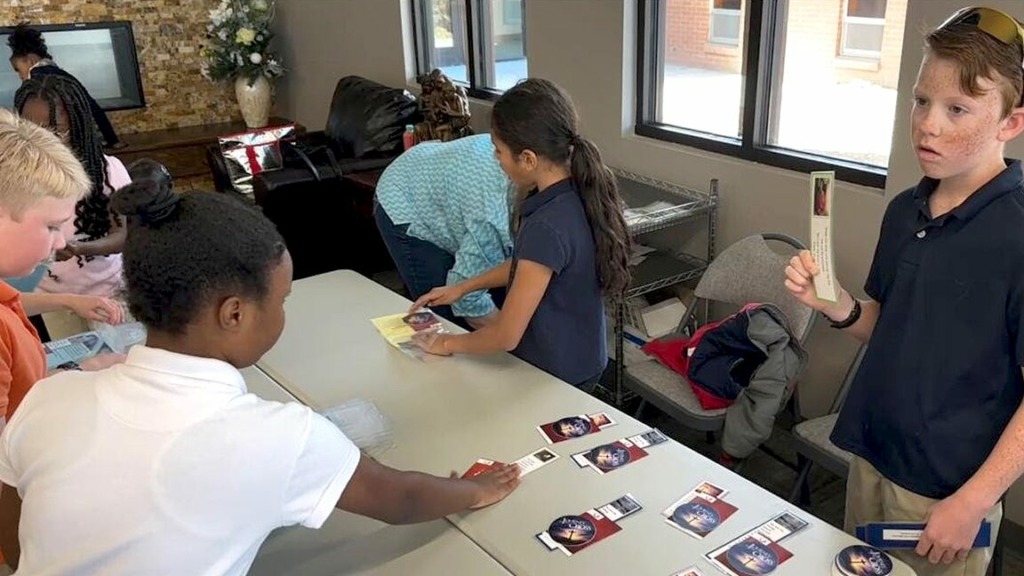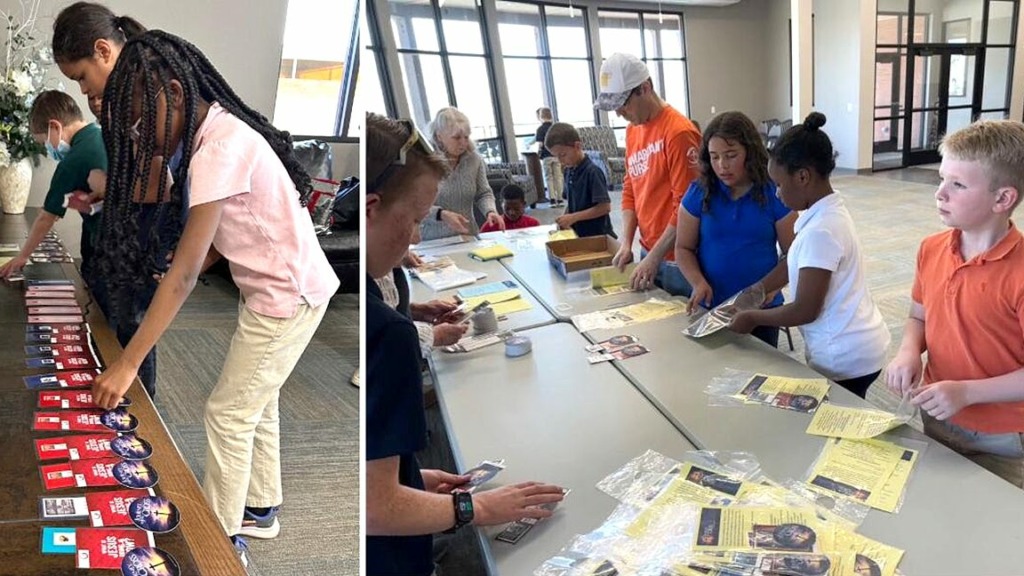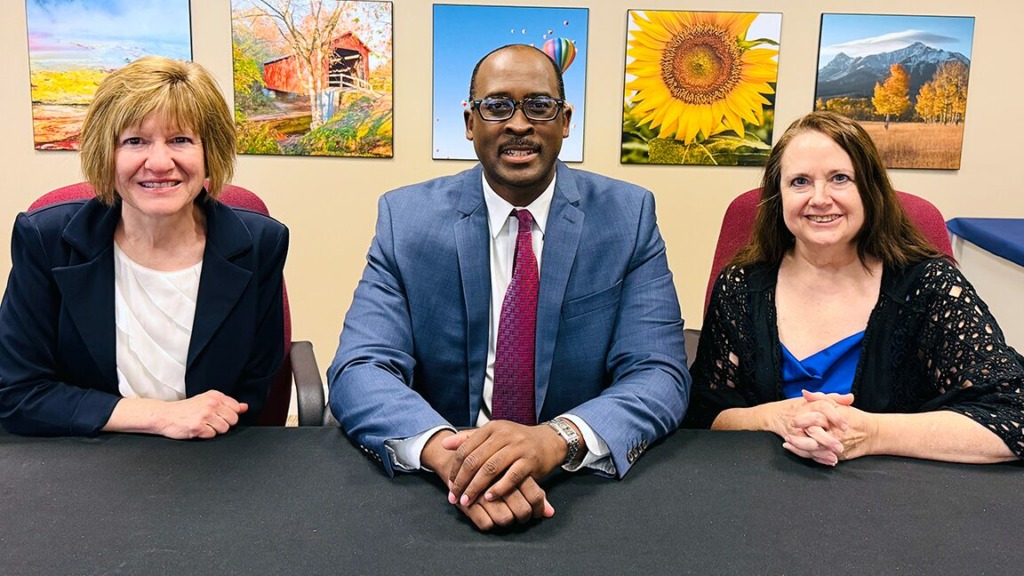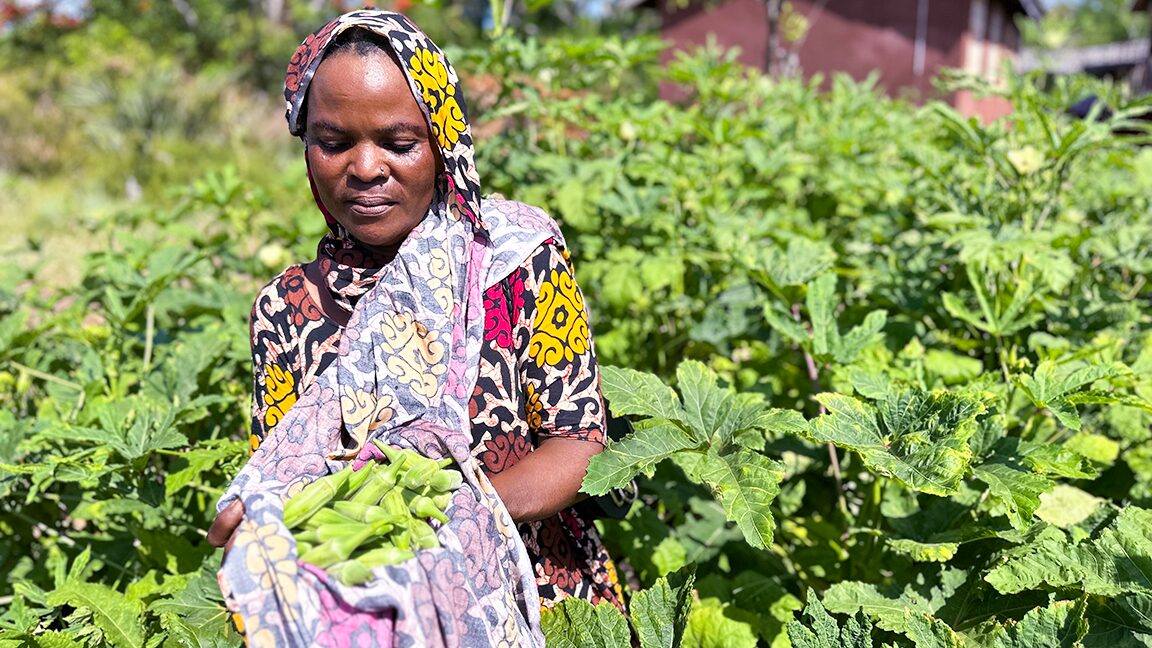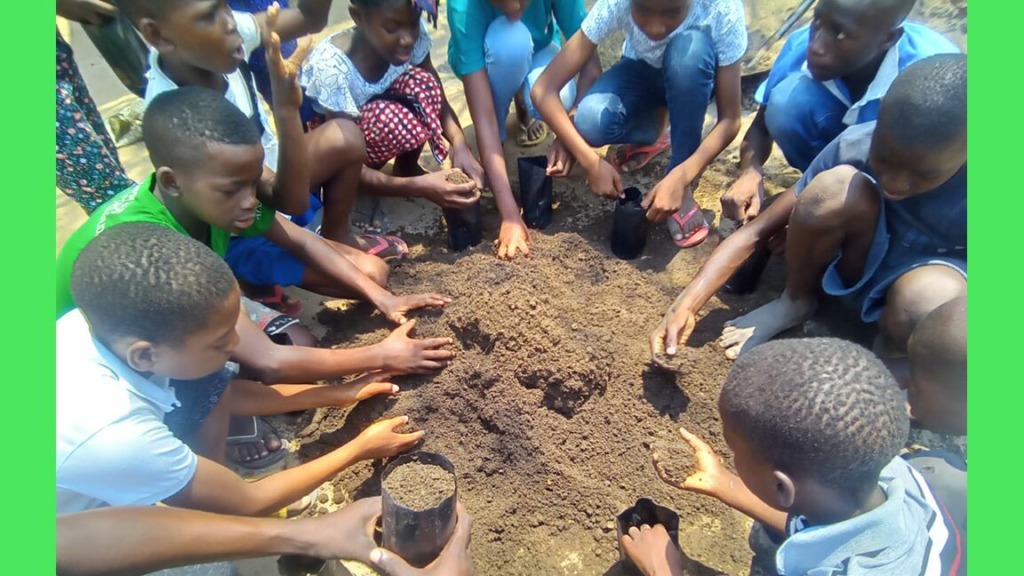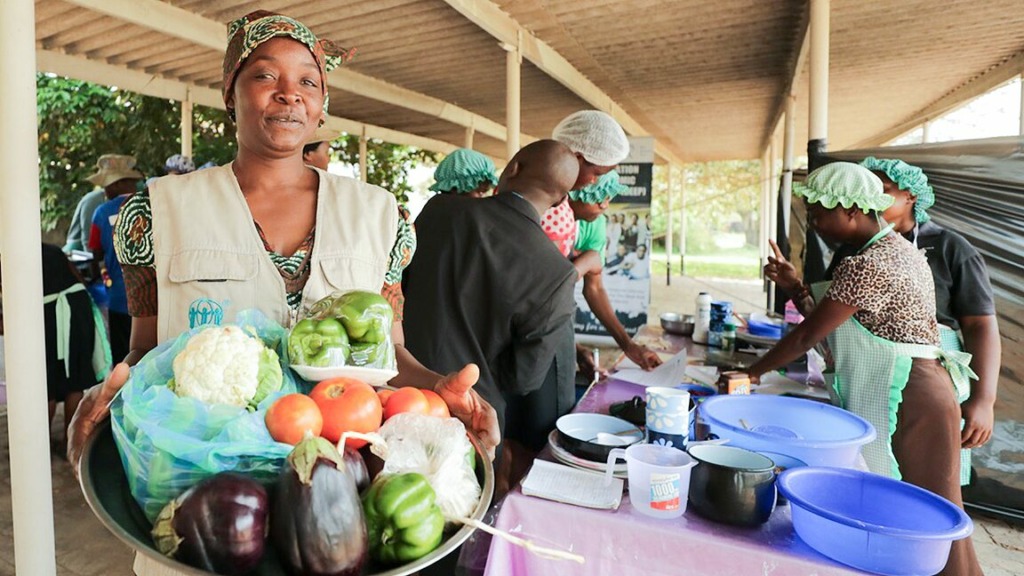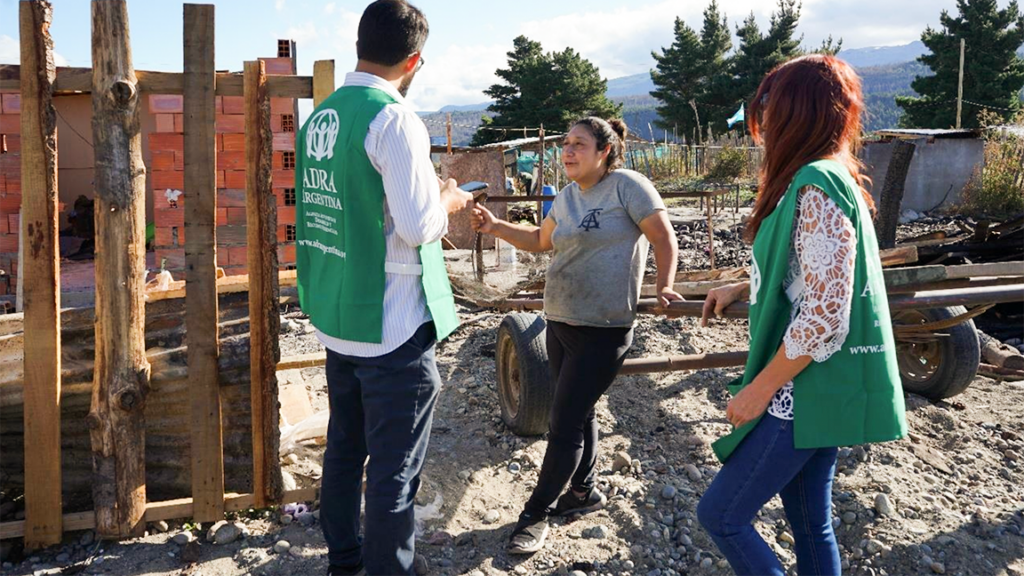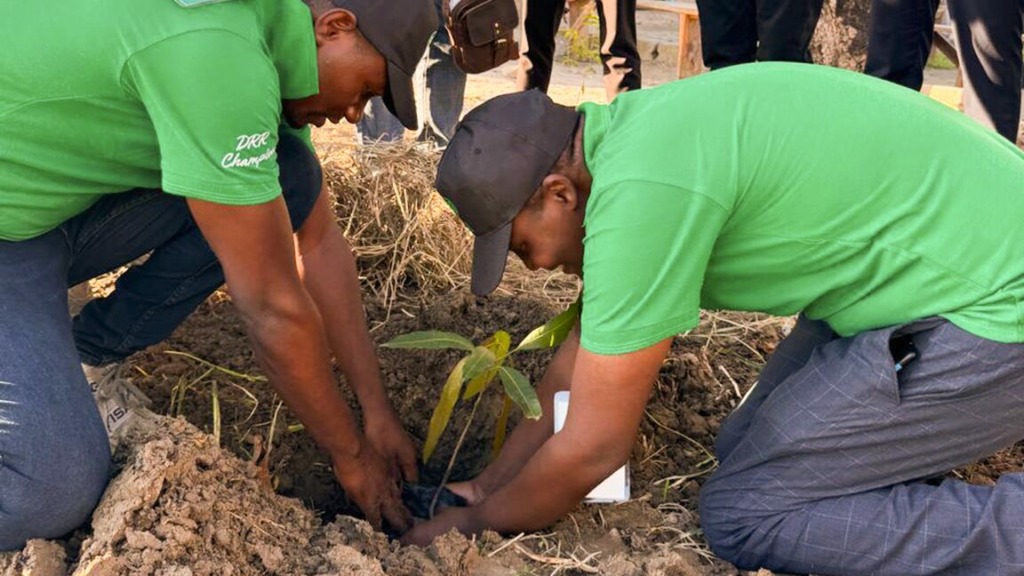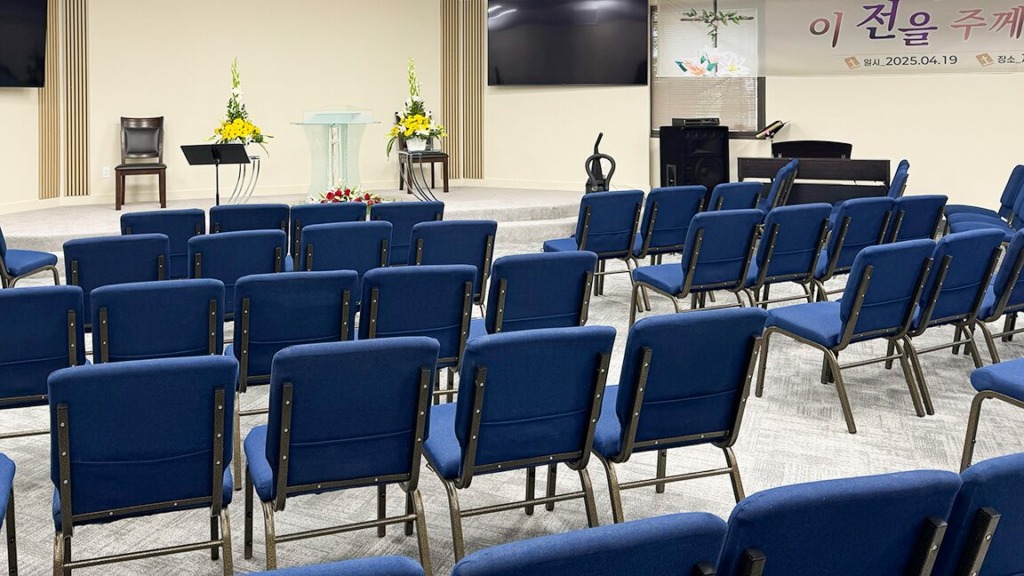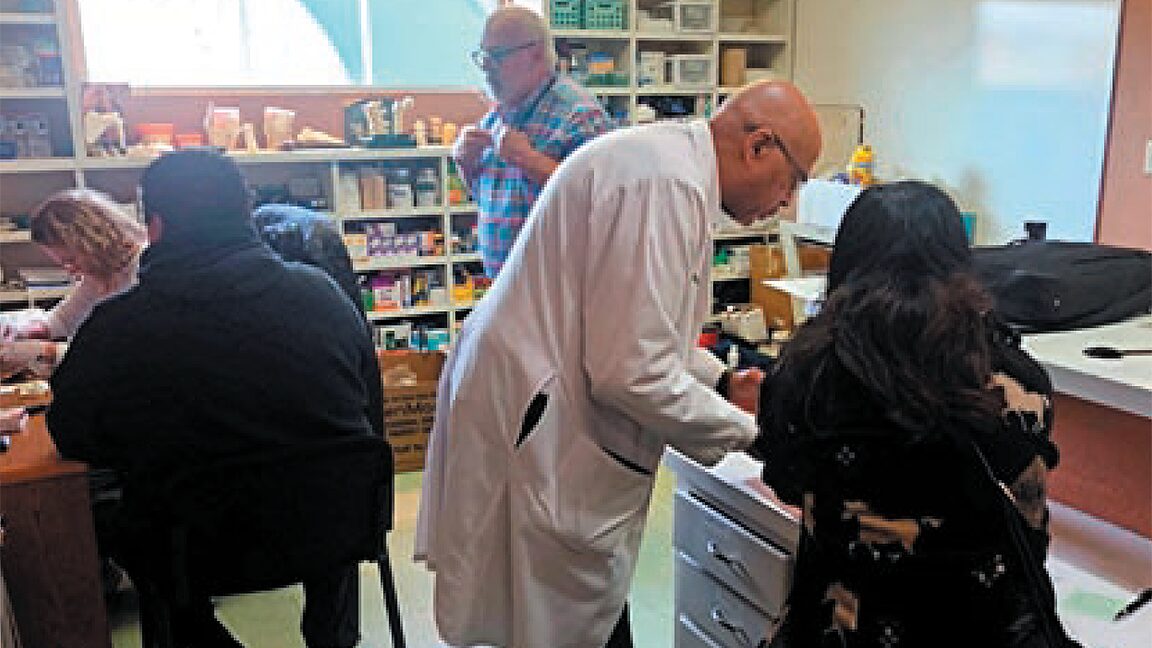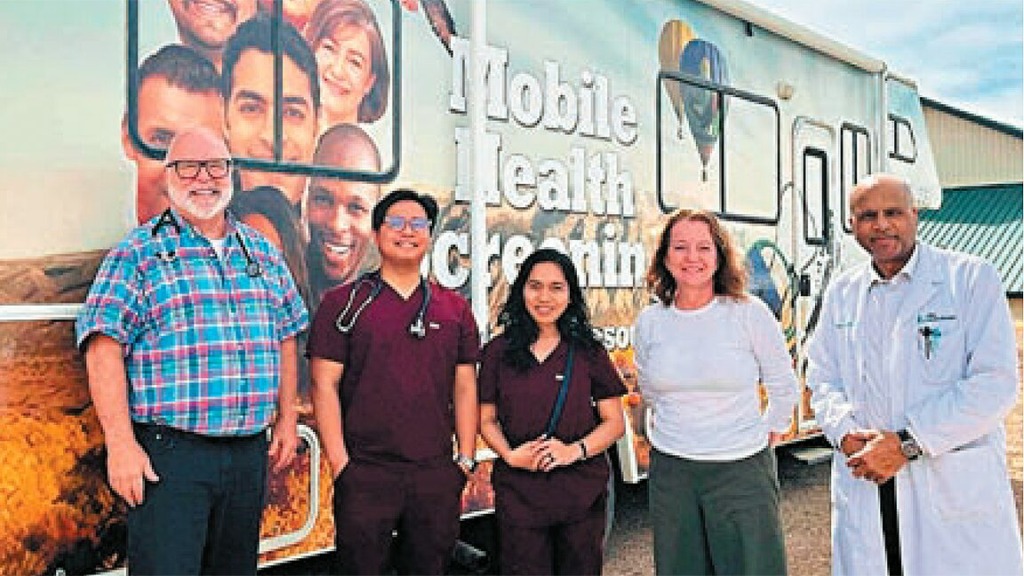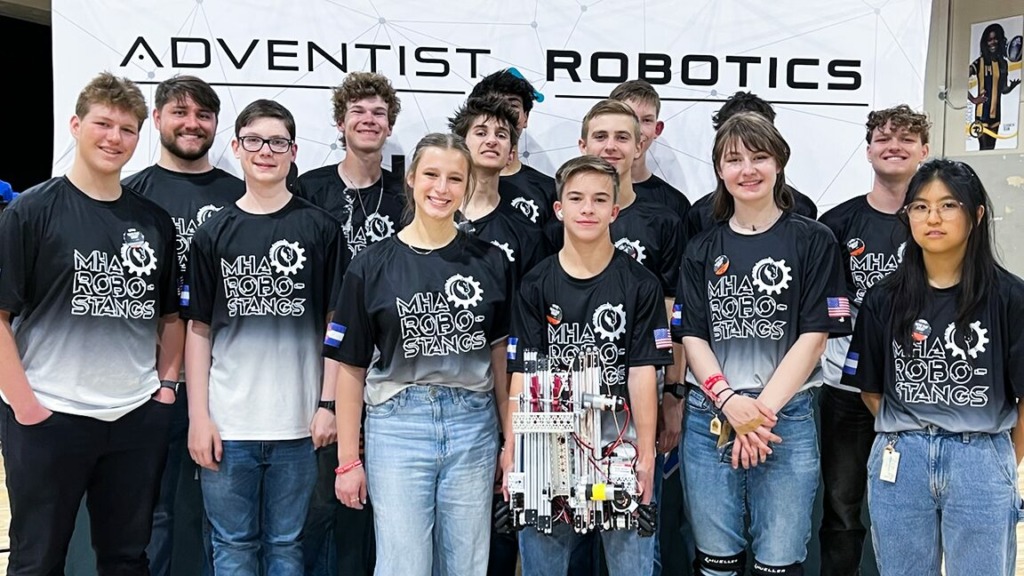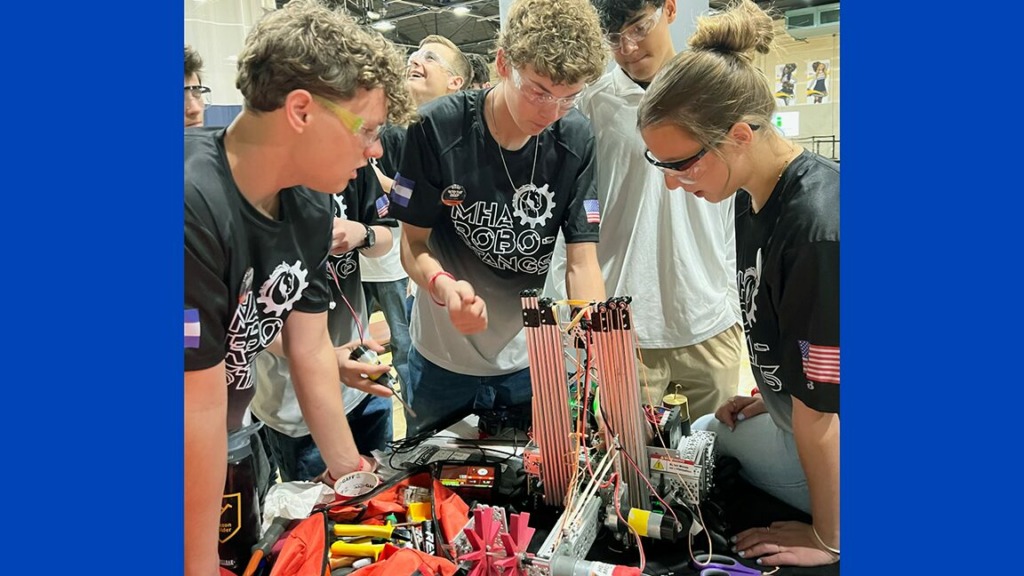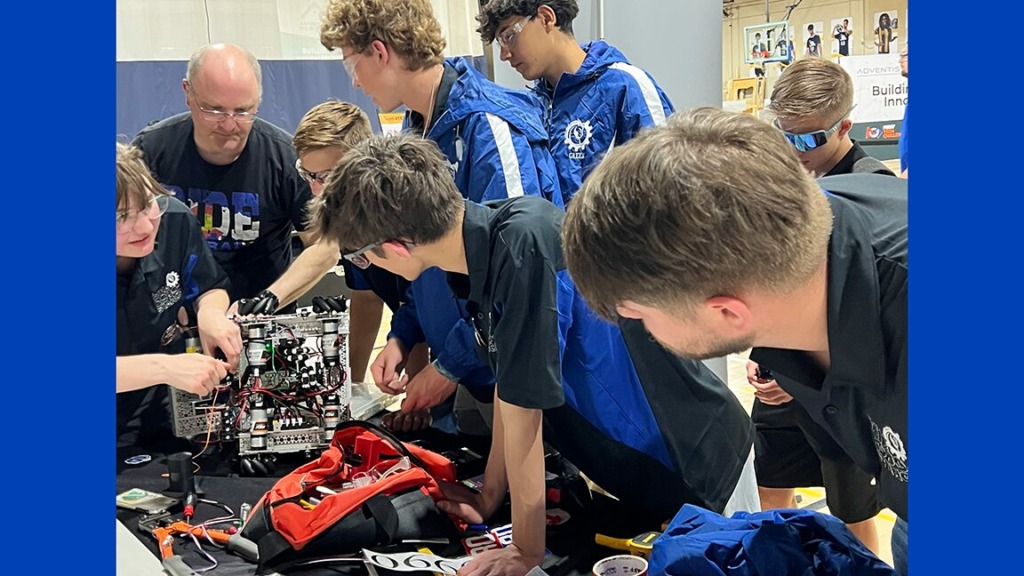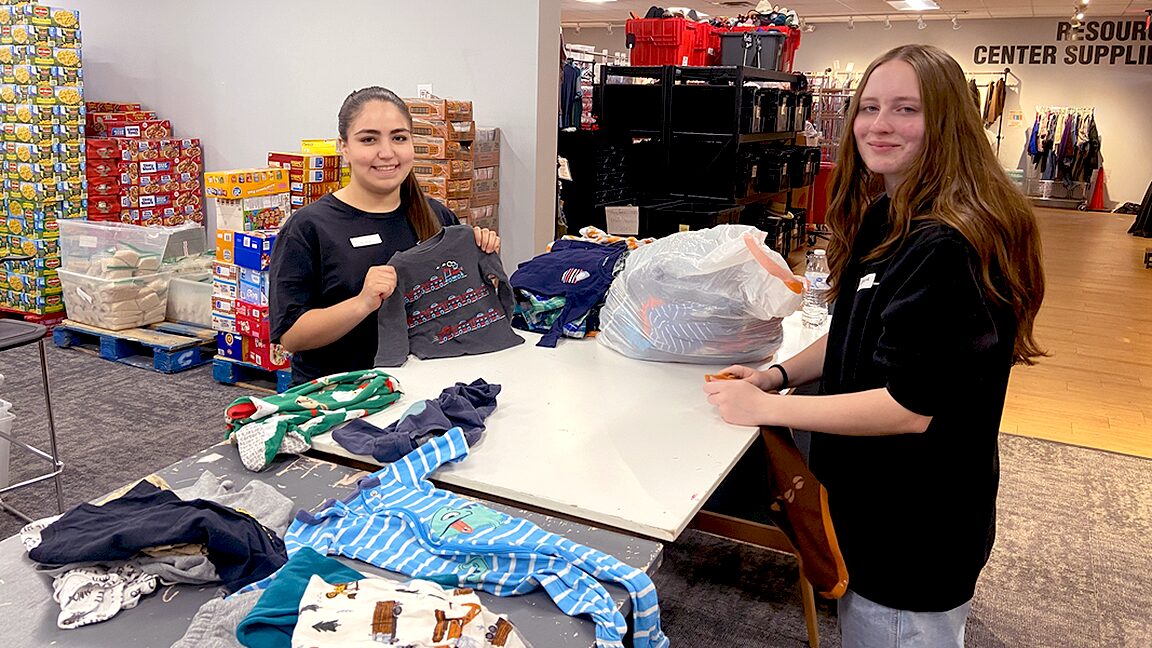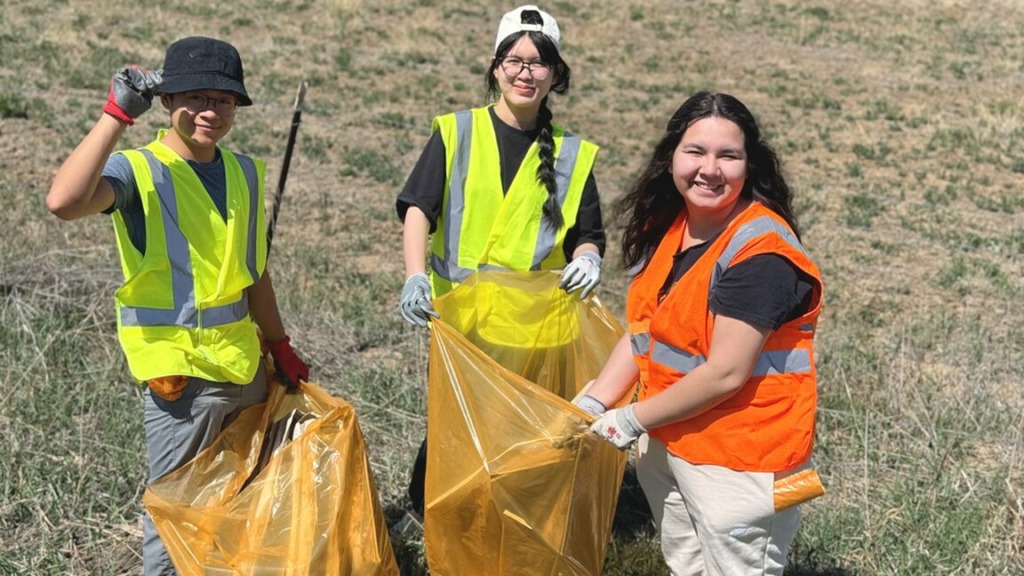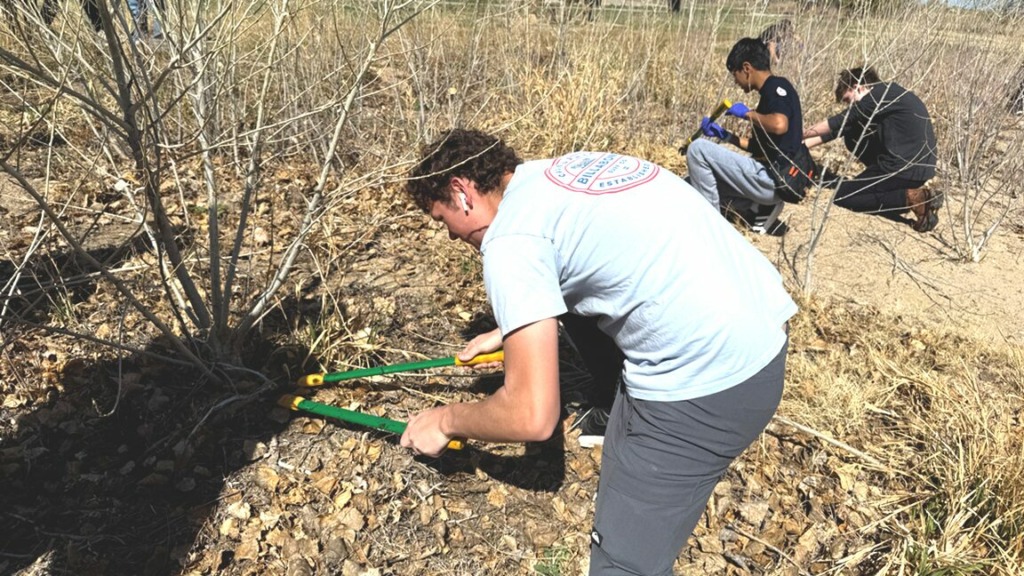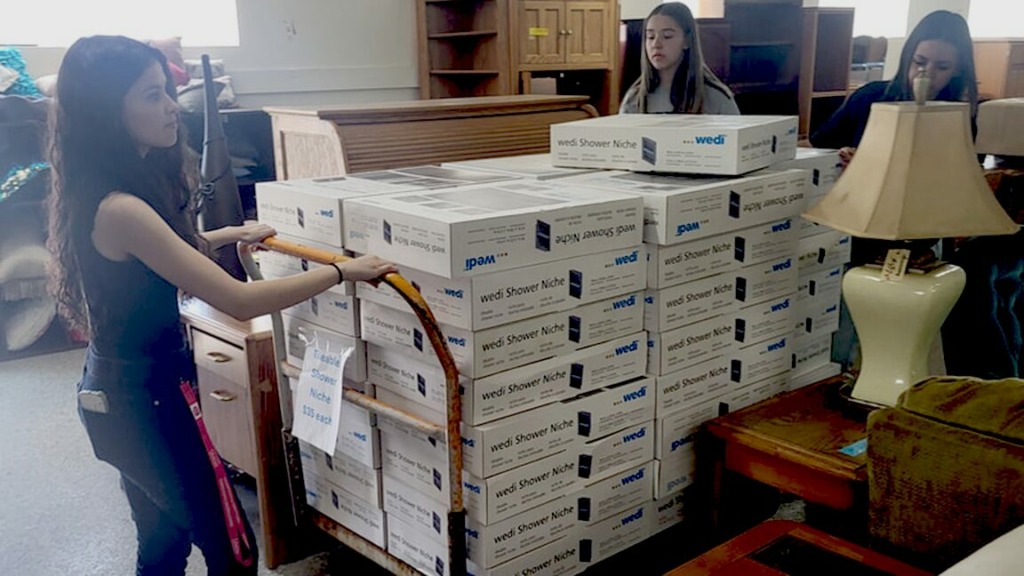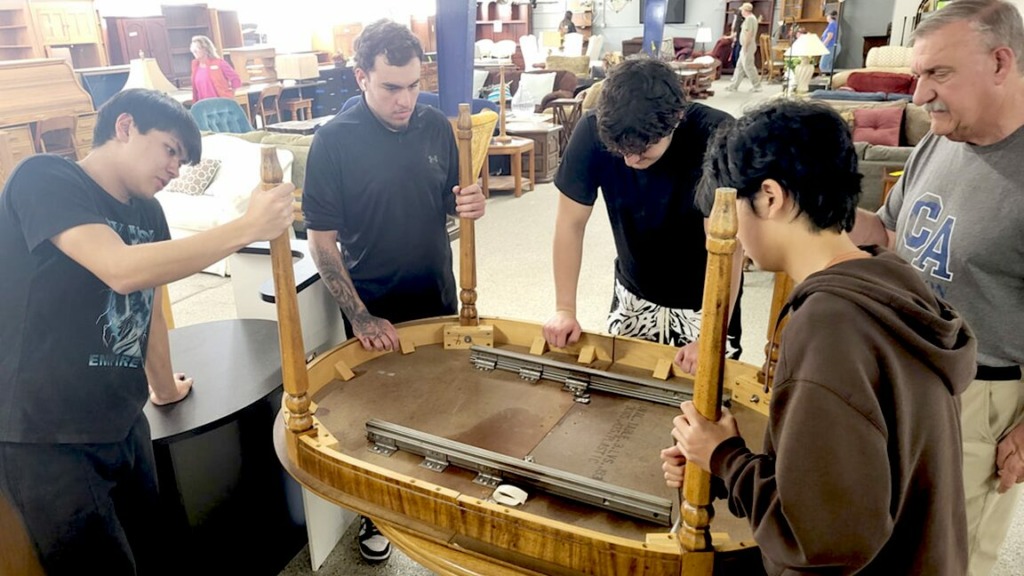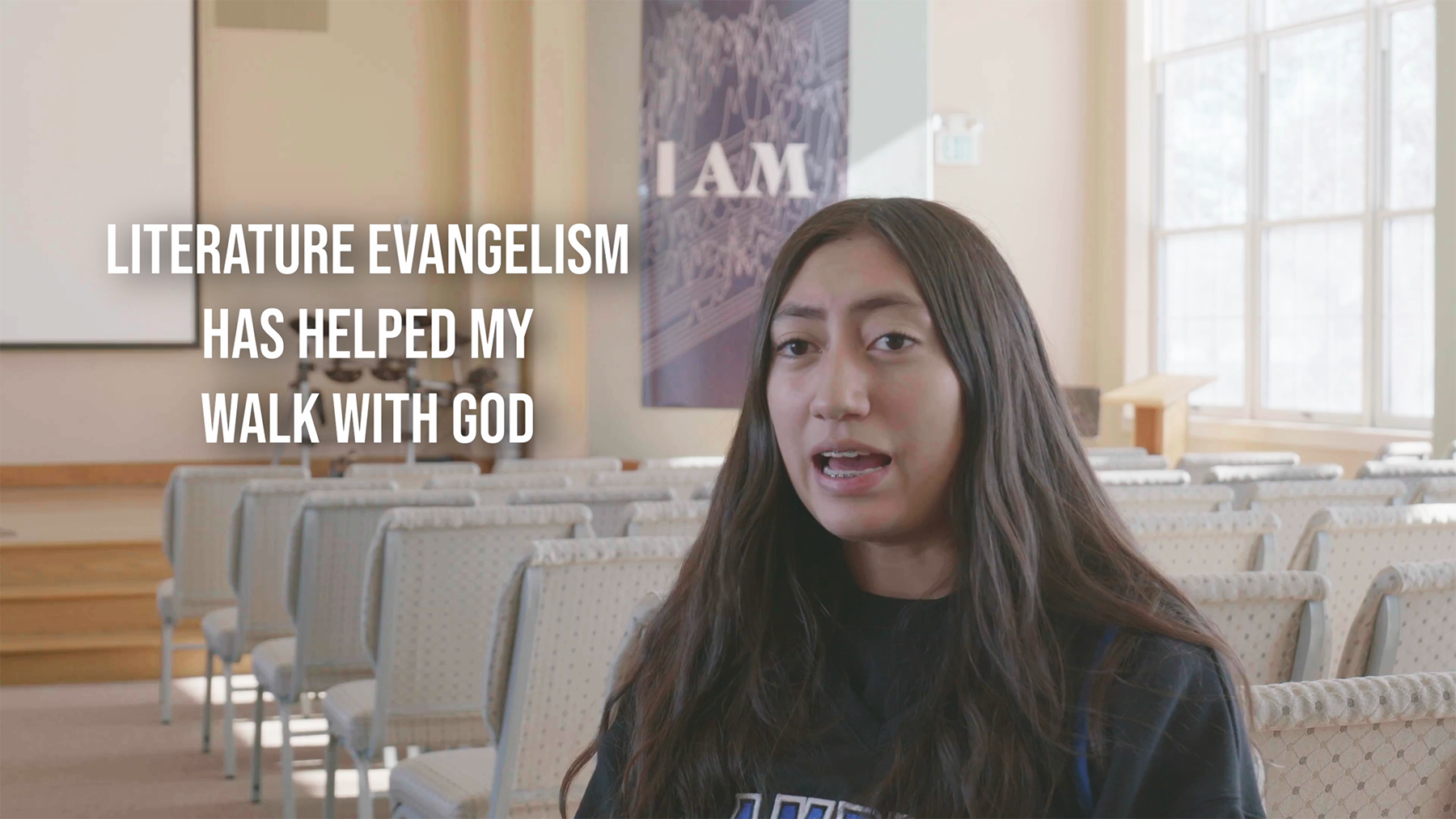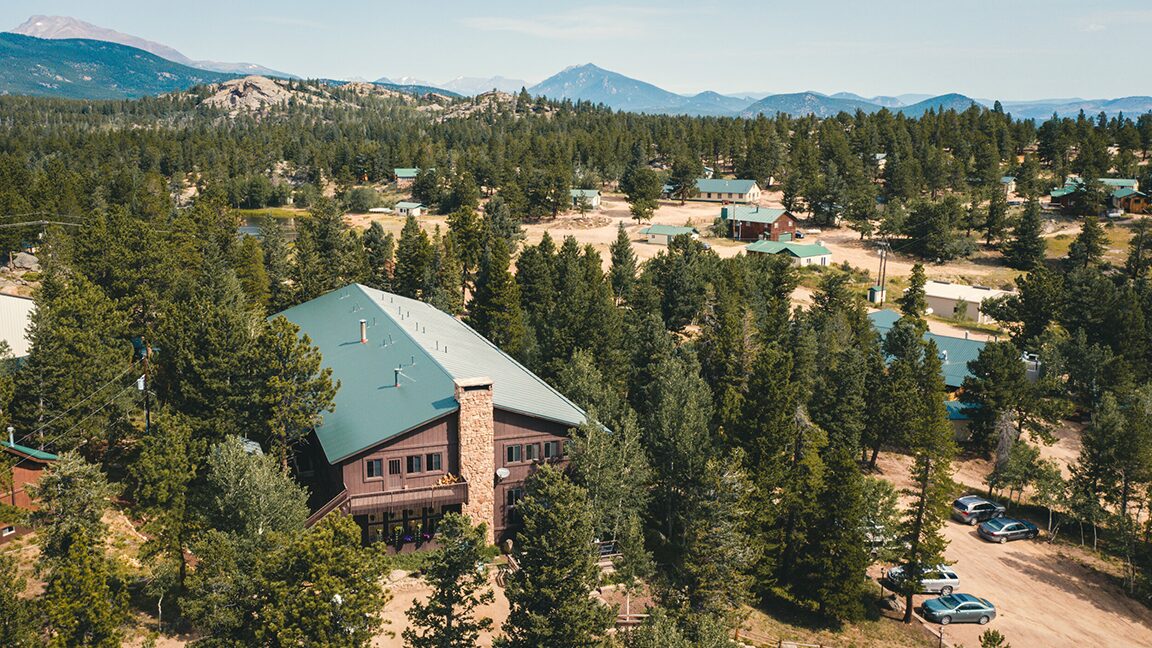By Adelaide Eno
I am not a math person.
This was a truth that I entered high school with—the innate knowledge of a fact of indisputable nature.
Yet, years after I thought I had decided this for good, I crouched over my team’s robot, calculating each angle and using triangles to support unstable pieces. I had quite the disturbing revelation: it appeared that I, despite my valiant efforts to avoid the subject entirely, was doing MATH … Willingly.
The door to robotics opened for me three years ago when I joined my brother in high school at Mile High Academy (MHA). The robotics tournament was unexpected. At MHA, nearly everyone has been to a sports tournament; we know what competition looks like. We know the energy that charges the air when we step into an arena. Yet, something is different about robotics.
As soon as the doors to the competition venue open, there is a rush to get to your team’s workstation first—to set up and look around, to gauge the scene. There is a moment of tension where eyes flit across the room in search of a friendly face. And then, after the trading of a bracelet or some stickers, the tension breaks and suddenly everyone’s talking.
As Outreach Co-Ordinator for the last three years, talking has been my job. FIRST Tech Challenge, the program we participate in, is created to enable connections. “Gracious Professionalism,” is a term coined by FIRST to describe the standard of behavior for participants and encourages every team to work together despite the competitive atmosphere. In many ways, it is parallel to the CHERISH Core Values that we exemplify at MHA. We are rivals, yes, but we are also friends.
I am not a math person. So, I go around and talk to the teams. I recognize a fellow artist from the way she describes her robot’s claw. I become friends with a boy who listens to the same musical artist. I lend materials to a team that forgot their tool bag at their hotel.
I may not be a math person, but I am a robotics person, so I learn how to use my strengths. I organize our parts for the Judge’s meeting where the team is interviewed by competition judges about their robot. I translate the short and unclear explanations of my teammate’s work into words normal people can understand. And above all, I learn.
This year was my senior year, and the feeling of saying goodbye to such a precious memory is bittersweet. I was more involved than ever helping build, code, and, of course, do outreach for my team. So, it is naturally hard to imagine not being involved in this anymore.
After the competition ended, my best friend called me. She was in robotics too and graduated last year. Halfway through a tearful conversation about moving on, a kind man walked by and checked in on me. He is the father of a freshman student whose team struggled this year, and he was looking for a way to reassure his son. I didn’t know quite what to say. What would I have needed to hear back when I was a freshman? So, I just said, “I am not a math person.”
I am not a math person, but through robotics, I have been provided with the application I needed to succeed. Some people say that you’re either an algebra person or a geometry person, but I would argue to the contrary. I am a robotics person, and, because of robotics, I am both.
The man told me that he had a different math teacher every year, and that it was only in college that someone knew how to help him learn. “It is not that you are bad at math,” he reassured. “You just haven’t been taught how to learn it yet.” He, just like me, was not a math person. Now, we both are.
As we wrapped up the conversation and he walked away, my friend and I sat in the silence processing what the man had said. She too struggles with math, and, just like me, she grew into STEM (science, technology, engineering and mathematics) through robotics. She now studies physics and computer science at Walla Walla University.
Although he had been speaking to only me, his words hit both of us. I am a math person now, but for how long? Graduating from robotics felt like slamming a door closed. Yet, this man’s reassurance broke apart my fears like breaking apart the imaginary wall I had built for myself.
When we gathered our thoughts together and both started to speak, my friend and I could only say one thing: “It feels like God sent that man.” I had tried to close the door on myself, to end this chapter of my life the way I had started it, yet God was on the other side holding it open.
—Adelaide Eno is a senior student at Mile High Academy. Photos supplied.
